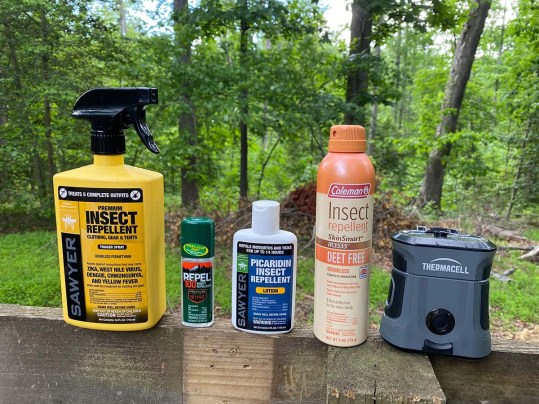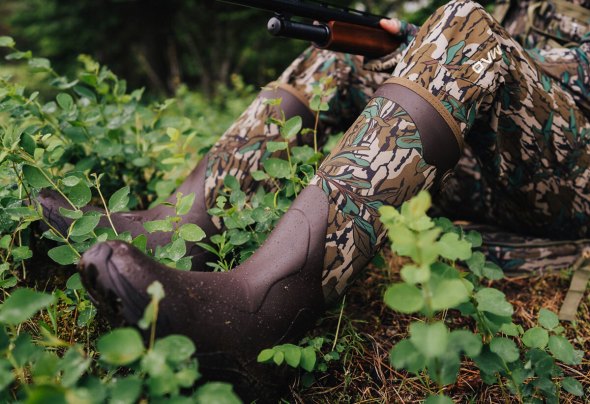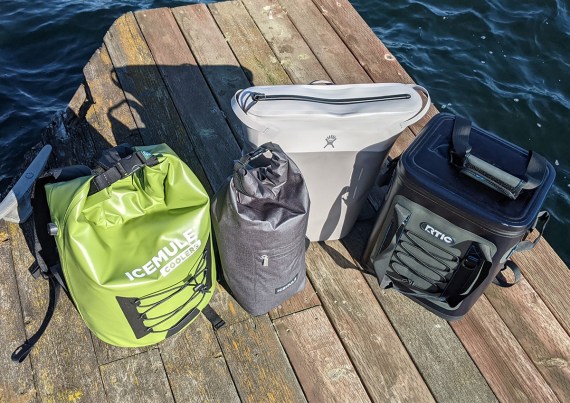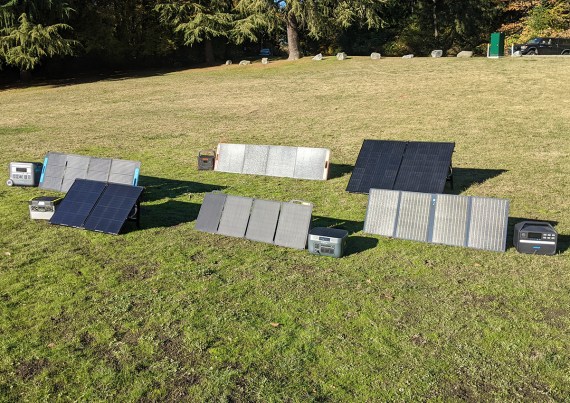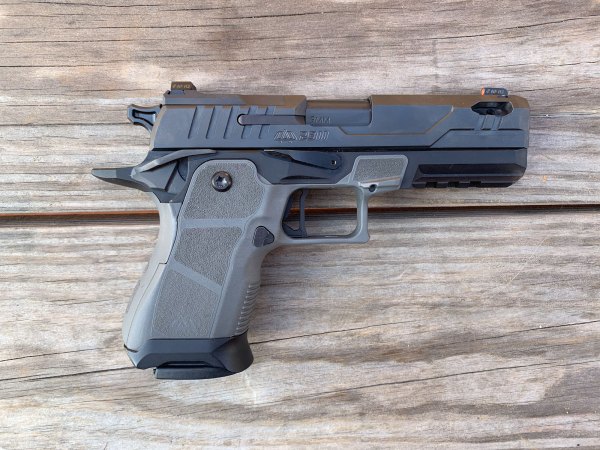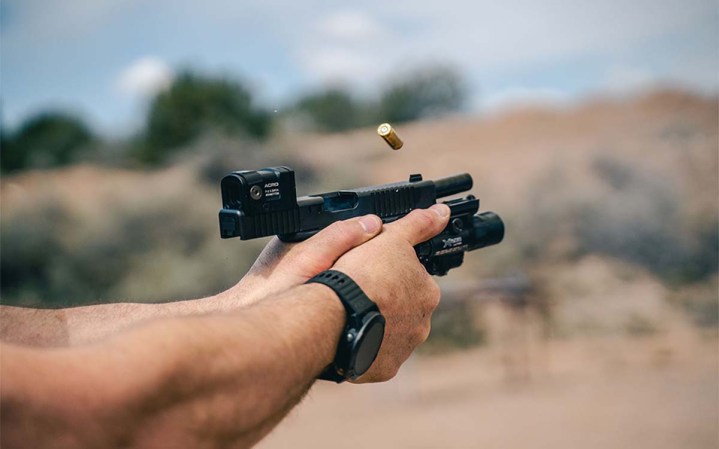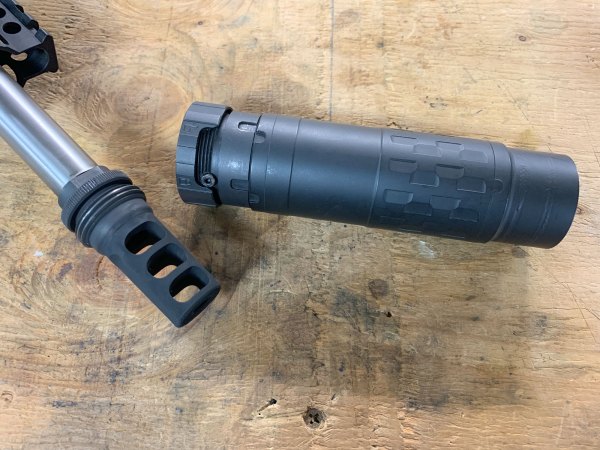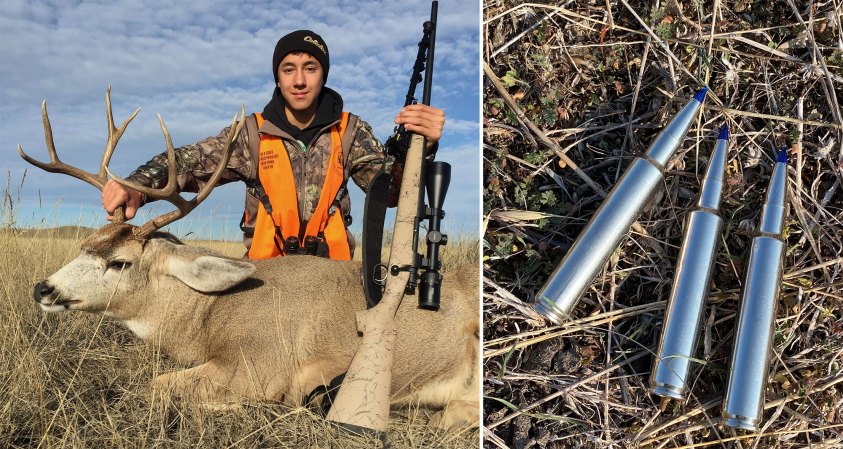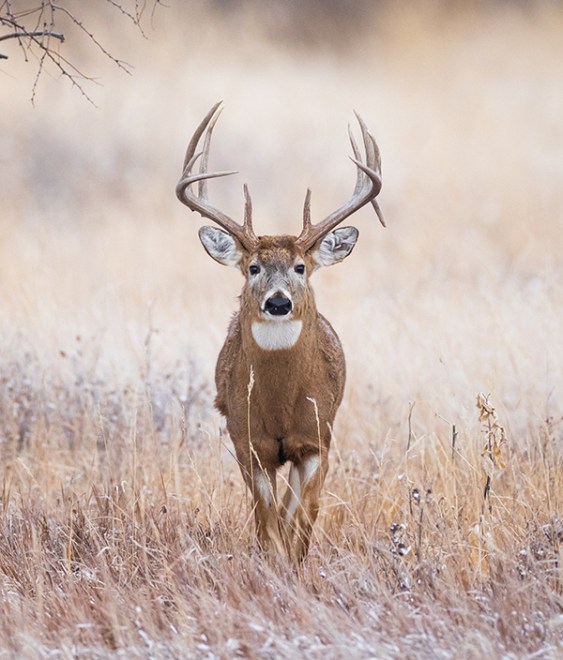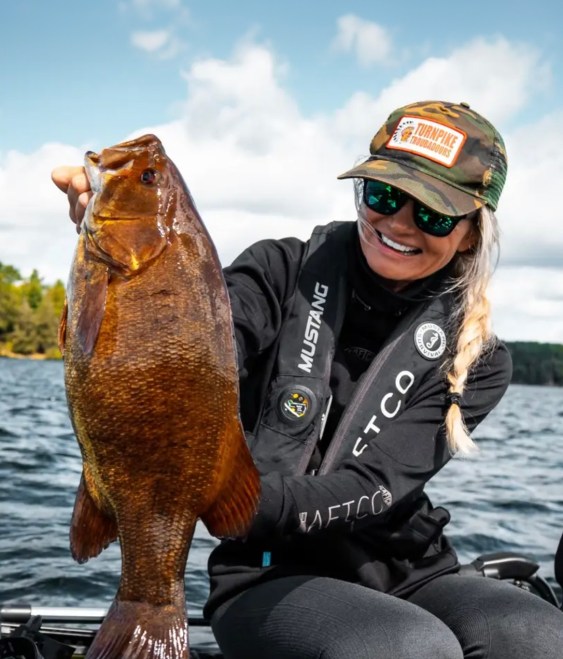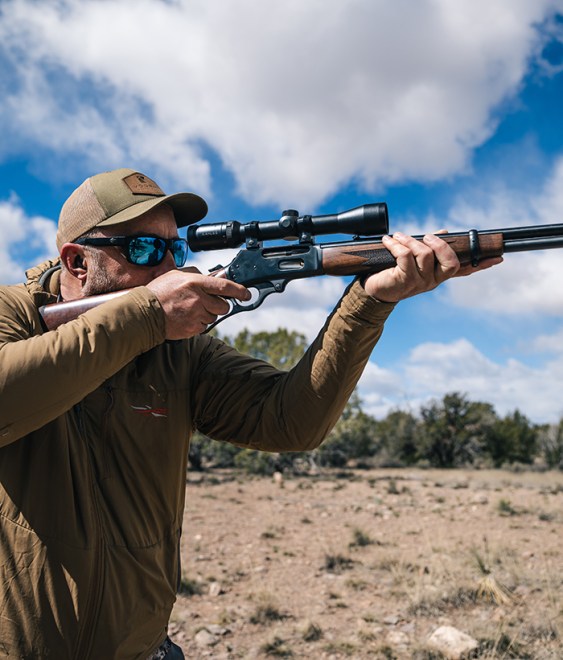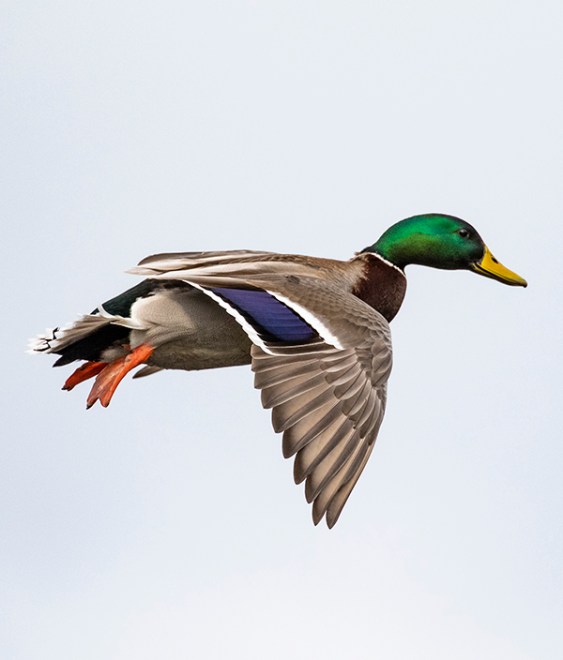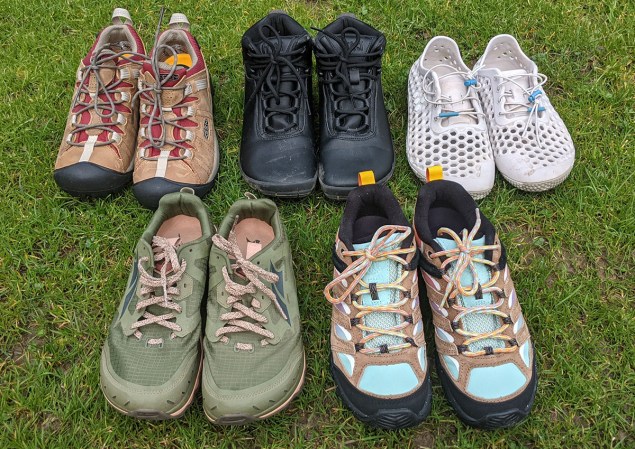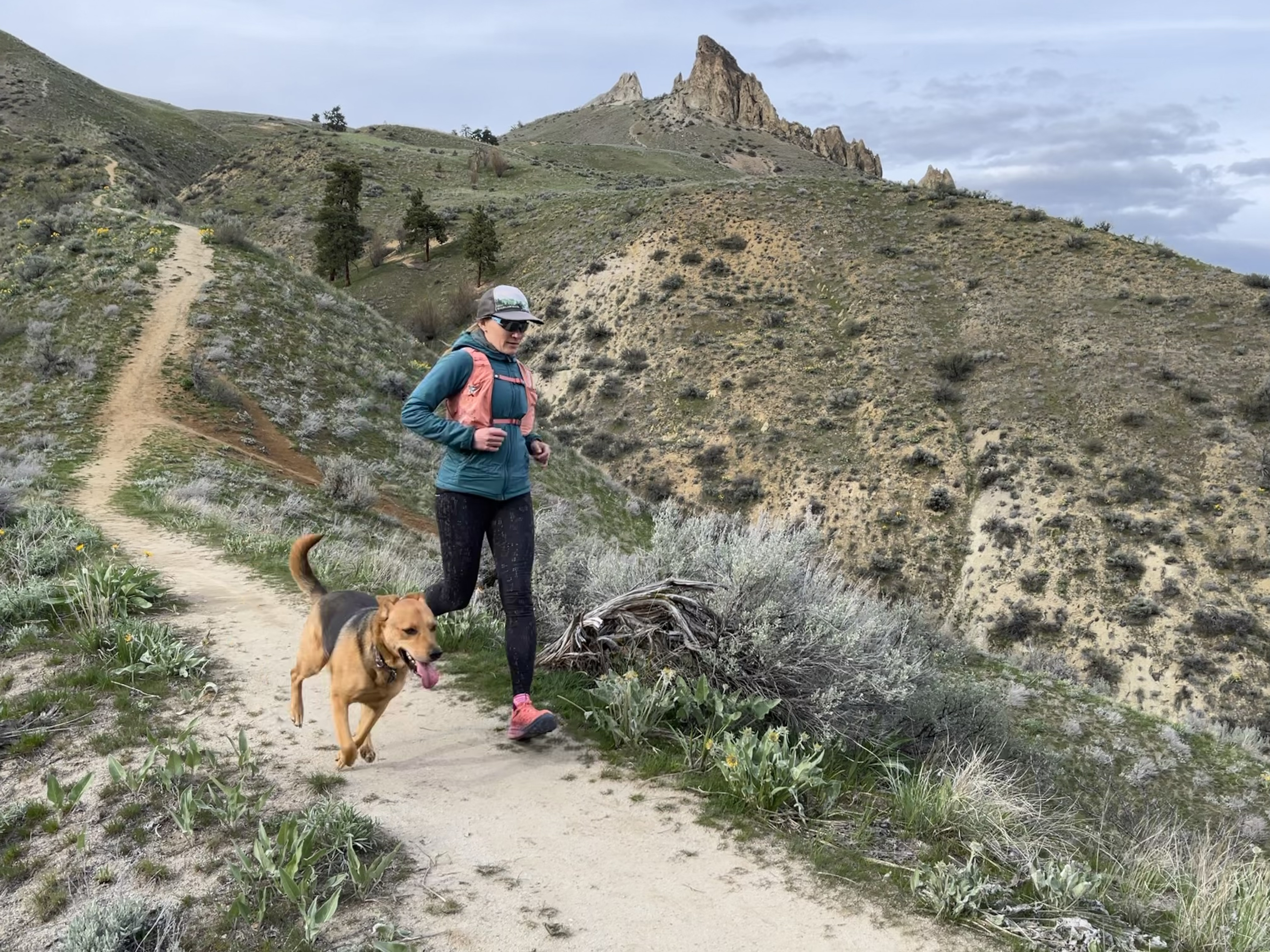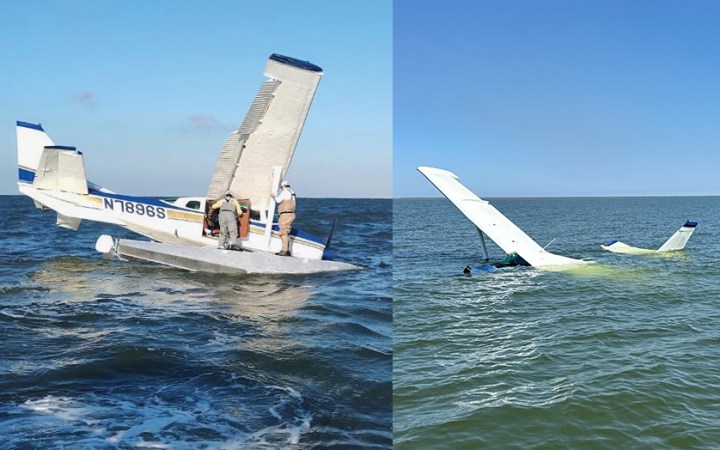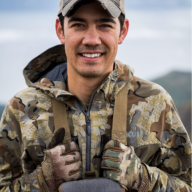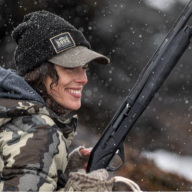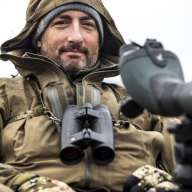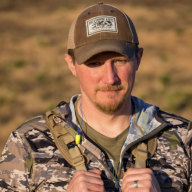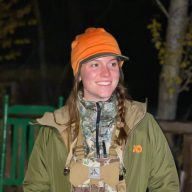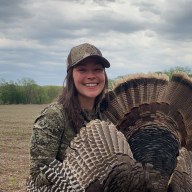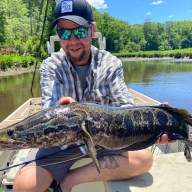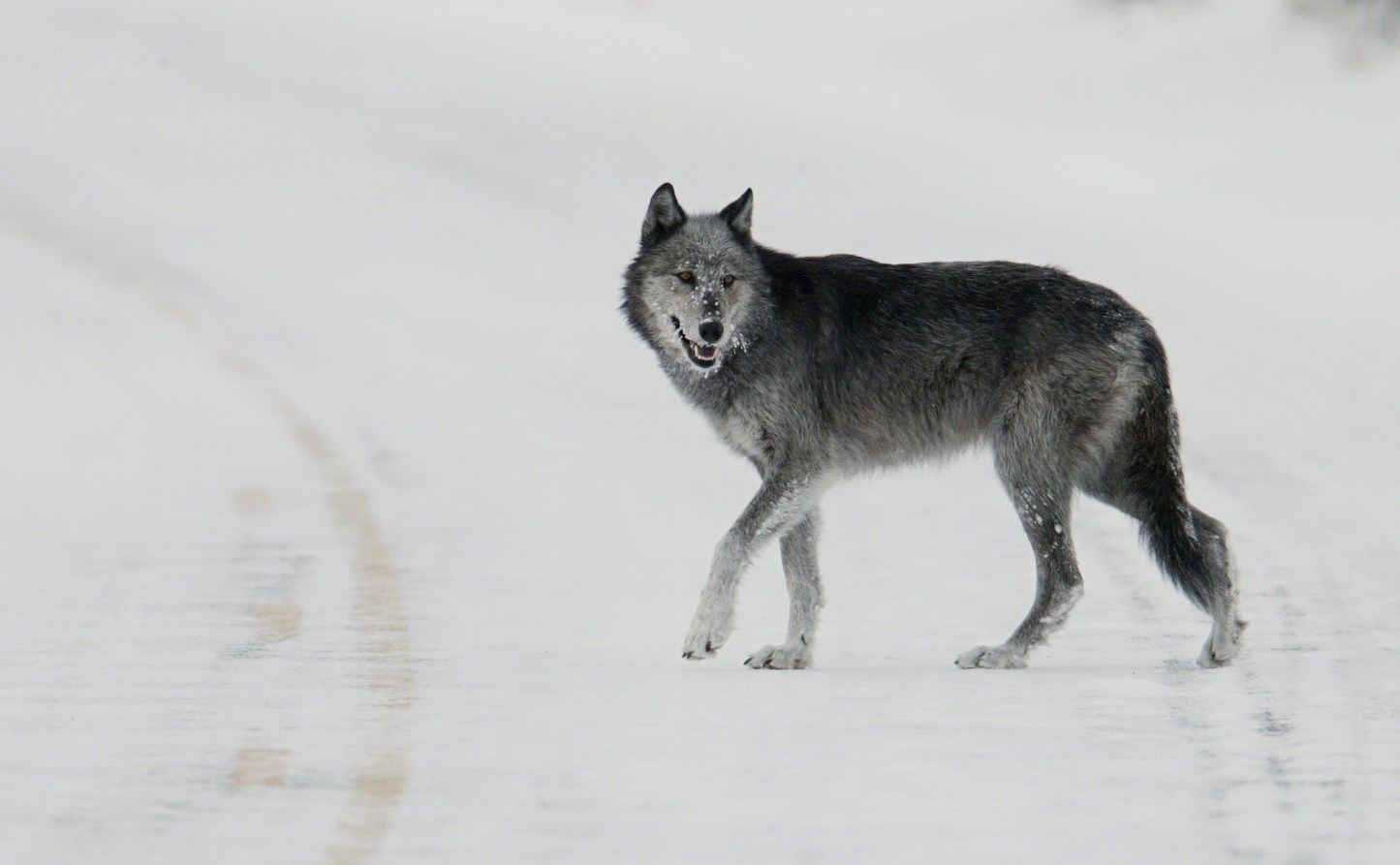
Opinion
Activists Are Defining Hunters by One Wyoming Man Who Tortured a Wolf. What Are Actual Hunters Doing About It?
The appalling actions of one individual are shaping the way an outraged public views — and could change — ethical, science-based wildlife management in the U.S.
Latest News
-
Animal Attacks
Florida Man Runs Over Gator to Save His Neighbor
Guns
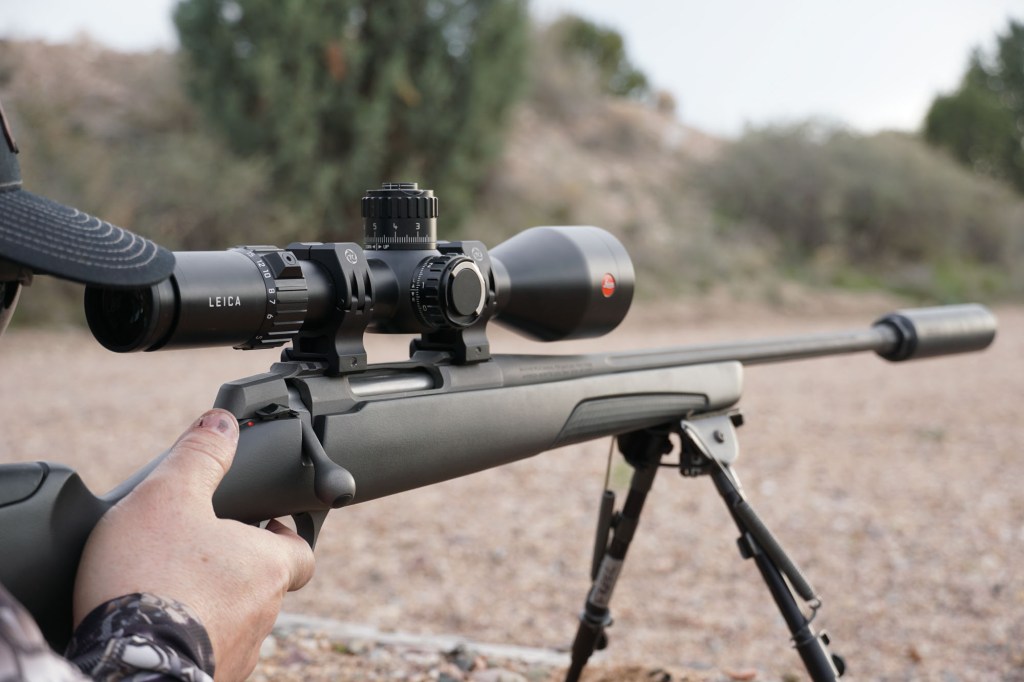
Guns
Sako 90 Adventure Review
This model in the new 90 Series is one of the best all-around big game hunting rifles you can buy
By: John B. Snow
Adventure

Adventure
50 Miles Across the Mojave Without Water
I learned my limits through the art of the long walk
By: Jac Mitchell

Adventure
It’s Time to Give Barefoot Shoes a Try
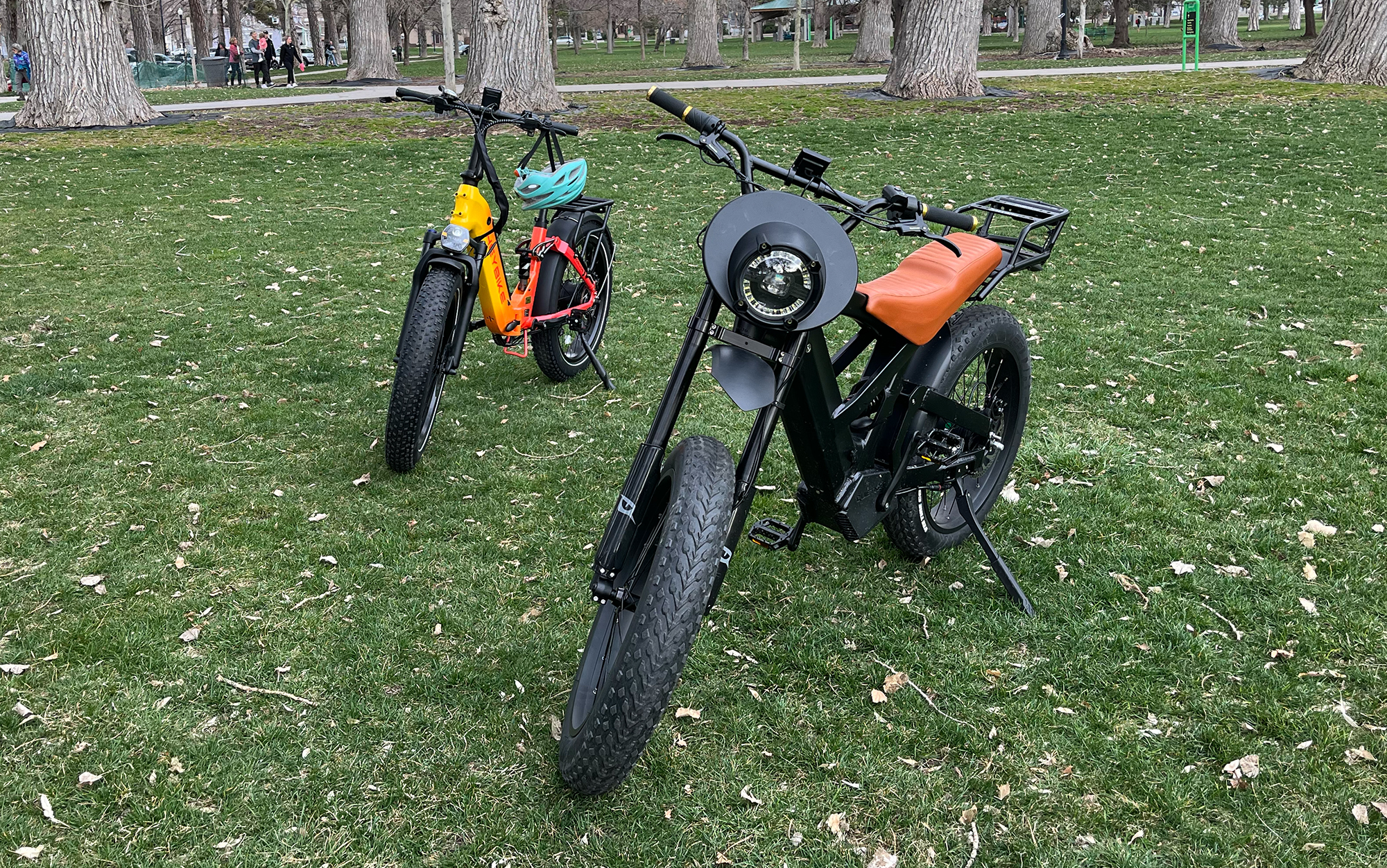
Adventure
The Best Fat Tire Electric Bikes of 2024
Survival
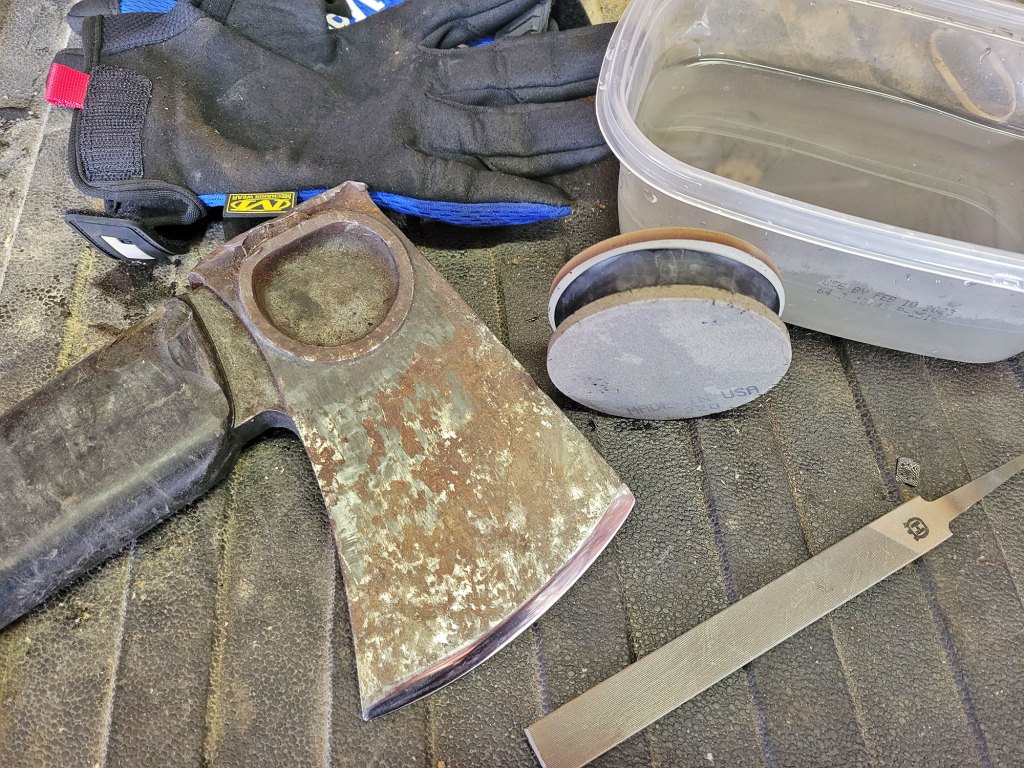
Survival
How to Sharpen an Axe
This step-by-step guide details everything you need to get your axe super sharp
By: Drew Conover
About Outdoor Life
Outdoor Life has been the go-to publication of America’s diehard hunters, shooters, and anglers since 1898. Our stories are written by hunters, for hunters. We value experience in the field, at the range, and on the water above all else. Our mission is to deliver stories about success in the field, cutting-edge gear, and adventures in far-off wildernesses and close-to-home woodlots. We inspire America’s outdoorsmen and women to chase the critters they’re passionate about and fight for the wild places they love.
Outdoor Life is part of Recurrent Ventures.
Read our story
